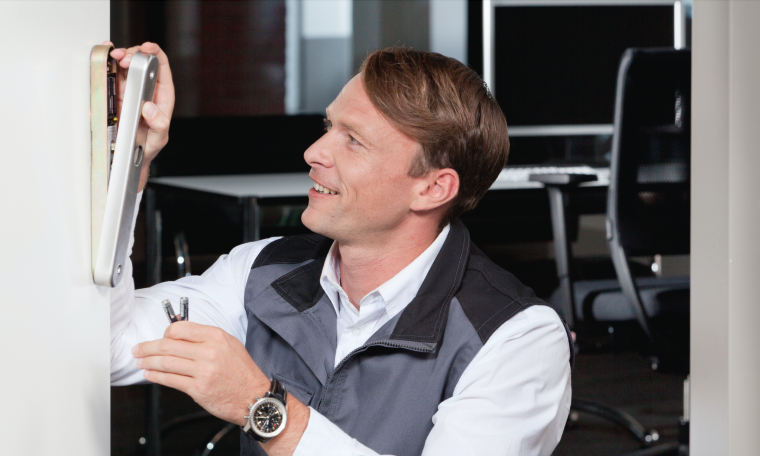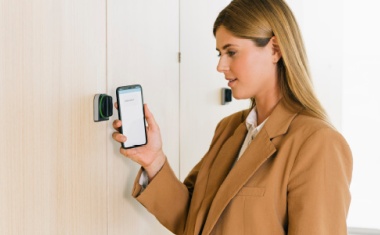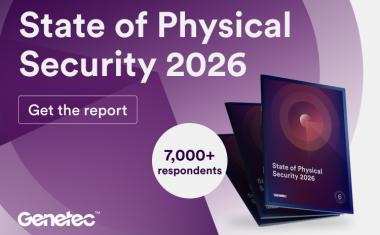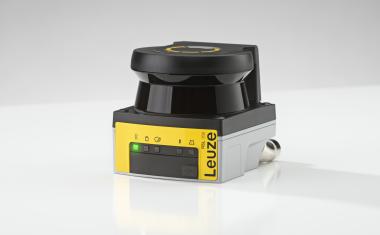Assa Abloy: Energy-efficienct Access Control for Building Sustainability
Electronic access control systems have become widespread, thanks to benefits like the security they provide to medium-to-high traffic buildings and their flexibility in access provision.
Their advantages are familiar: more efficient management of user access, granting and revoking permissions anytime; real-time door status information; removing the security threat posed by lost mechanical keys; and many more.
The first widely deployed access systems were wired and — although they offered these benefits — many aspects needed to improve: Energy efficiency and installation costs were two prominent issues.
Wireless access control solutions address these two problems, by reducing the energy consumption of a lock and requiring few or even no alterations to the door.
Architects request energy-efficient building solutions
According to the Harvard Business Review, energy efficiency has become one of the "key levers of business success." As such, it is increasingly present in the design and construction of new buildings.
“Working regularly with architects, we see that the energy performance of new buildings is a growing priority for them,” says Mikel Gaztañaga, Smartair Sales Manager at Assa Abloy Opening Solutions. “It is essential to offer more efficient solutions that help them obtain Breeam or Leed certification. Systems such as Assa Abloy's Smartair for small- to medium-sized business are wireless and battery powered, so their energy consumption is lower than that of wired systems, as they work intelligently and consume energy only when necessary.”
Battery-powered wireless locks use less power than traditional wired locks, where magnets are often permanently connected to mains electricity. Wireless locks work differently. They only "wake up" when presented with a credential to make an access decision. This translates into energy savings and a carbon emission benefit, as well as potentially significant savings on energy expenditure — over 70 percent, or thousands of euros over the lifetime of a typical access control installation.
Installation stage is another opportunity to reduce costs and save energy
“The installation phase could contribute even more to cost savings when architects choose wireless access technology,” adds Gaztañaga. Assa Abloy analysis for the same report estimated the labour-cost saving for a wireless versus wired 100-door installation at 82.5 percent.
In addition to being much faster than wired installation, it is less intrusive. Smartair wireless locks require minimal drilling of the door, while wired access control requires wiring through and partially around the door. Choosing a wireless system makes it possible to improve security at an existing building via a retrofit process which does not inconvenience staff or disrupt daily work routines.
Two Spanish projects where benefits are clear
“We recently equipped new build-to-rent housing in Barcelona for BeCorp,” explains Gaztañaga. “This type of construction for rent is on the rise. In the case of BeCorp, it offers contemporary apartments with services such as a concierge, swimming pool, gyms or spaces for co-working. They needed a keyless solution to save time in key management. Another benefit with a wireless solution like Smartair is energy efficiency. At a site with more than 3,000 openings, the savings can add up!”
Yet another potential sustainability bonus for BeCorp was the option for residents to unlock with a mobile phone via the Openow app. This saves money on physical card costs and reduces the housing’s ecological footprint by cutting the use of plastics.
“We are also really proud of the Maimonides Institute for Biomedical Research of Córdoba (IMIBIC), a health research centre which had very demanding needs,” says Gaztañaga. “In addition to energy savings, Smartair's ease of installation was critical. Credentials were another saving. There was no need for IMIBIC staff to change their current access card, because Smartair is compatible with all major RFID technologies.”
Whereas BeCorp was a new construction project, at IMIBIC installation was carried out on doors already installed, while the institute had to remain fully operational. Because door devices were not wired, installation was quick, did not disrupt the workforce, and generated savings in installation costs.















